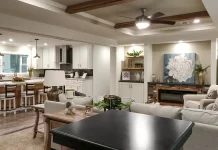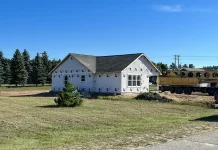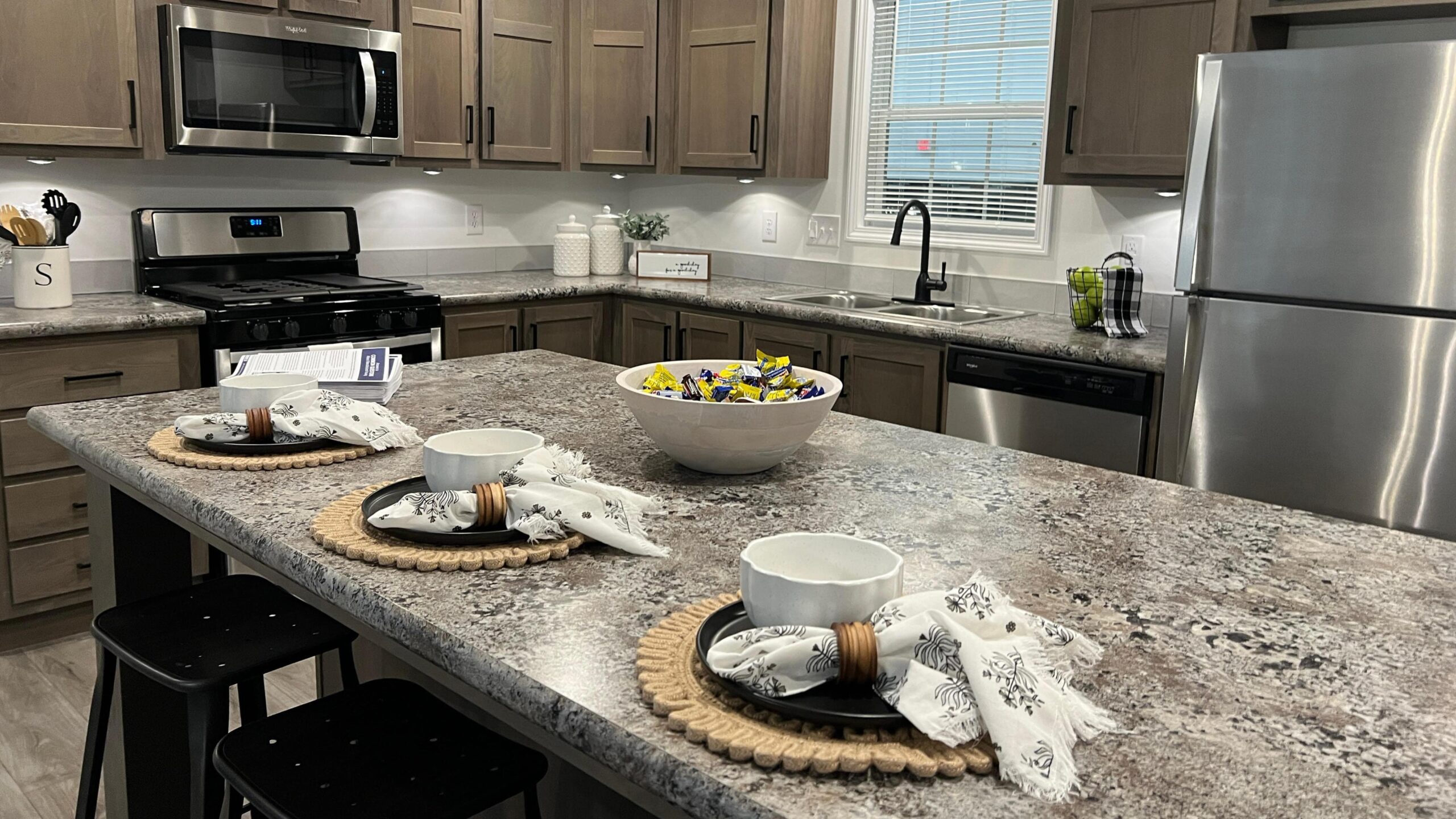You’ve probably heard the term mobile home used quite often. Perhaps you have a picture in your mind of what it is. Still, you might not be familiar with how exactly mobile homes differ from conventional site-built homes.
If you’ve ever been curious about the differences between manufactured homes and site-built homes, read on.
A Brief History on Mobile and Manufactured Homes
Mobile homes took hold after World War II with the economic expansion and rapid growth of cities. They provided an expedient and affordable housing solution for millions of Americans. Mobile homes became entrenched among other housing options. From there, it became clear the growing industry should be organized more definitively within residential code.
In 1976, the U.S. Department of Housing and Urban Development introduced a series of standards and regulations to do just that. The changes with HUD code set the stage for construction and installation standards on what became manufactured homes. The terms often are used interchangeably. However, a manufactured home is one built on or after June 15, 1976. Mobile homes are those homes built prior to the application of the HUD code.

What Makes a Manufactured Home?
Thanks to the HUD standards that were set more than four decades ago, manufactured homes are built under controlled circumstances in a manufacturing plant in one or more sections on a permanent chassis, to ensure transportability. New mobile homes in the U.S. built after 1976 must abide by this federal code and must display a HUD plate label on the exterior of each section.
Among the standards set by HUD are the following:
- Body and frame requirements
- Thermal protection
- Plumbing
- Electrical
- Fire safety
- Siting and anchoring
Mobile homes are available as single-wide, double-wide, and larger. Floor plans, building materials, finishes, and appliances can be customized just as with a standard site-built home can.
What Makes a Standard Site-Built Home?
When you picture the common residence, what you likely see is the standard site-built home. Most often, site-built homes are made of wood and on the land where it will permanently sit. Unlike manufactured homes, the rules and regulations that apply to standard, site-built homes vary by state, city, and county. This is one of the primary differences between manufactured homes vs site-built homes.
The different site-built rules pertain to:
- Building/dwelling codes
- Structural codes
- Plumbing codes
- Mechanical codes
- Electrical codes
- Fire/life safety codes
- Accessibility codes
- Energy codes and more
So, without a universal standard set for every area, it can be a complicated process to ensure adherence to every code with a home that comes from the site-built construction process.

Key Differences: Manufactured Homes vs Site-Built Homes
Both mobile homes and manufactured homes make great options for permanent residence, but they do have a few more key differences from standard site-built homes that may influence you to consider a home built in a factory.
- Cost: A new manufactured home in the United States, per MHVillage data as of May of 2019, the average sale price is $75,776 without land. Meanwhile, the median home price in the U.S. is nearly $230,000. For those who cannot or do not want to take on this significantly higher mortgage, a mobile home might be a better option.
- Maintenance: Since mobile homes are built under controlled conditions in adherence to federal standards, the quality is extremely consistent. Materials for factory-built homes are purchased in bulk, which creates savings for the homebuyer. And those same materials are stored and then used for construction in a climate-controlled environment. All of this means there are fewer potential surprise maintenance issues involved with homes that are built in a factory.
- Time: While the time commitment to building a traditional home varies due to several factors, many estimate the process takes an average of six months. And it could be much longer. Depending on the customizations chosen, new mobile homes can be completed in two months or less.
- Land Ownership: With traditional homes, you have purchased the land as well as the home that’s built on it. For mobile homes, that isn’t necessarily the case: You can own the home and rent the land, or own the home and own the land.
Recommended: 5 Gorgeous Modern Mobile Homes You Need to See
Which Type of Home Is Better?
Mobile homes and manufactured homes are a great purchase for buyers with a variety of interests, including first-time homebuyers, retirees, empty nesters looking to downsize, those interested in community living or people who want more than one home.














